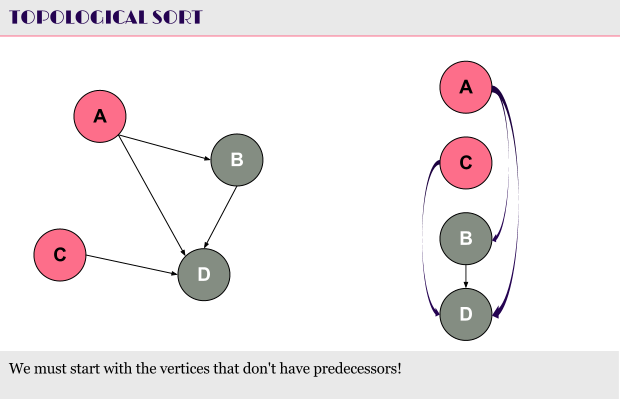Introduction
The Strassen’s method of matrix multiplication is a typical divide and conquer algorithm. We’ve seen so far some divide and conquer algorithms like merge sort and the Karatsuba’s fast multiplication of large numbers. However let’s get again on what’s behind the divide and conquer approach.
Unlike the dynamic programming where we “expand” the solutions of sub-problems in order to get the final solution, here we are talking more on joining sub-solutions together. These solutions of some sub-problems of the general problem are equal and their merge is somehow well defined.
A typical example is the merge sort algorithm. In merge sort we have two sorted arrays and all we want is to get the array representing their union again sorted. Of course, the tricky part in merge sort is the merging itself. That’s because we’ve to pass through the two arrays, A and B, and we’ve to compare each “pair” of items representing an item from A and from B. A bit off topic, but this is the weak point of merge sort and although its worst-case time complexity is O(n.log(n)), quicksort is often preferred in practice because there’s no “merge”. Quicksort just concatenates the two sub-arrays. Note that in quicksort the sub-arrays aren’t with an equal length in general and although its worst-case time complexity is O(n^2) it often outperforms merge sort.
This simple example from the paragraph above shows us how sometimes merging the solutions of two sub-problems actually isn’t a trivial task to do. Thus we must be careful when applying any divide and conquer approach.
History
Volker Strassen is a German mathematician born in 1936. He is well known for his works on probability, but in the computer science and algorithms he’s mostly recognized because of his algorithm for matrix multiplication that’s still one of the main methods that outperforms the general matrix multiplication algorithm.
Strassen firstly published this algorithm in 1969 and proved that the n^3 algorithm isn’t the optimal one. Actually the given solution by Strassen is slightly better, but his contribution is enormous because this resulted in many more researches about matrix multiplication that led to some faster approaches, i.e. the Coppersmith-Winograd algorithm with O(n^2,3737). Continue reading Computer Algorithms: Strassen’s Matrix Multiplication →


